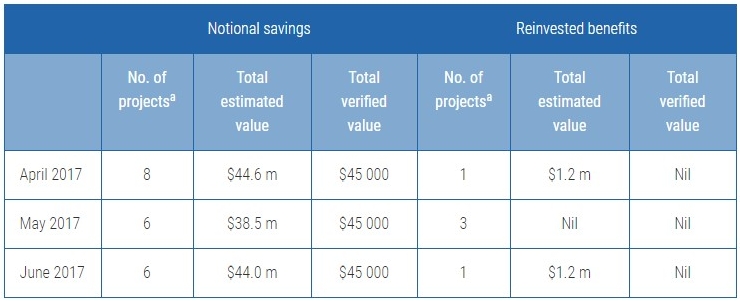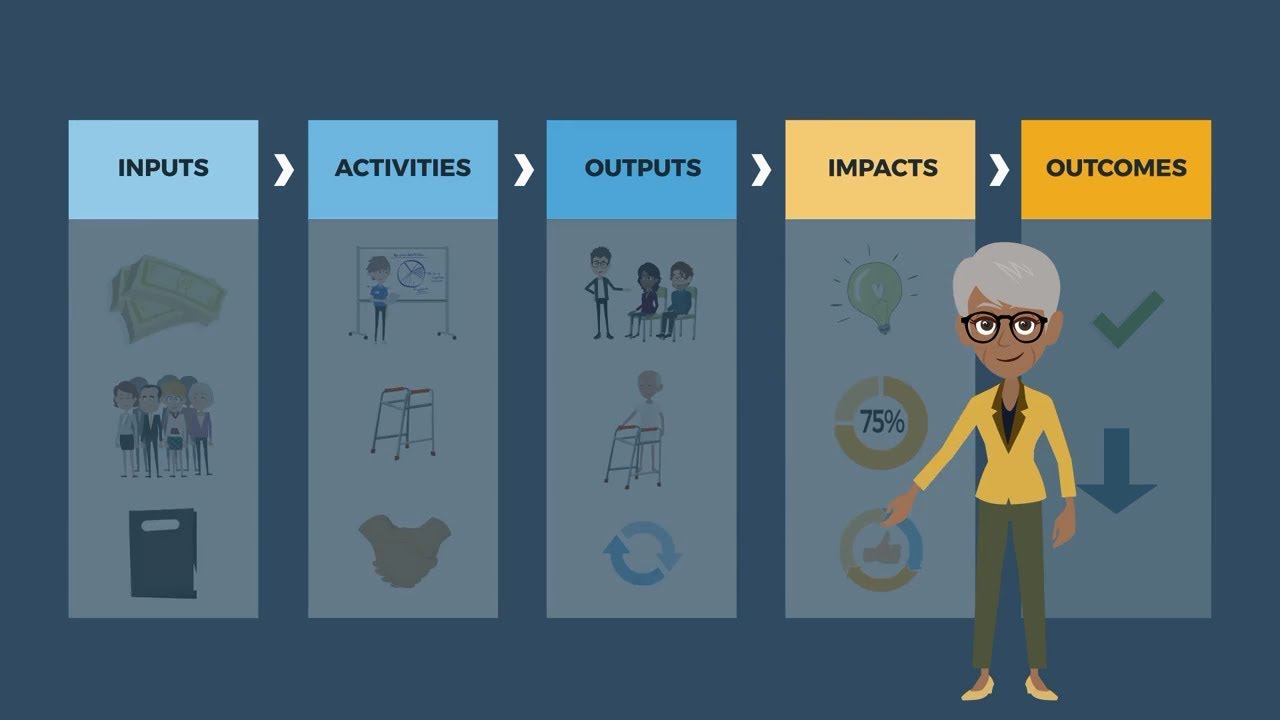
Inverting investment modelling to add rigour to benefits management
One of the classic problems facing corporate capabilities such as knowledge management (KM), information management, human resource (HR) management, and training is that it can be difficult to justify their expense. In a 2010 article, Patrick Lambe questioned whether we should even be trying to evaluate return on investment (ROI) for these functions, writing:
[When corporate capabilities are] not budgeted at the project level, discussions about ROI have traditionally had little relevance. It would be like seeking the ROI on groceries in a personal budget or of stationery supplies in a business. Both are simply costs of doing business.
The problem is that unlike groceries or stationery, the absence of these corporate functions are not universally recognised as essential or non-discretionary costs, particularly when any attempt is made to allocate funding above the fundamental bare minimums of the function (such as having a place to store documents, and an ability to get employees paid).
A common approach for business cases for KM and HR projects is to develop a classic return on investment (ROI) calculation, claiming “X minutes saved per search” or “X% lower turnover” and extrapolating a benefit based on per-hour employee costs. These are used to justify green-lighting of initiatives, often with little attempt made to actually substantiate claims after their completion. In one particularly notorious case, the Australian Taxation Office (ATO) claimed $130m in savings over 3 years as part of its Reinventing the ATO initiatives – yet the Australian National Audit Office (ANAO) found that just $135,000 of those savings could be verified!

The ATO divided its benefits into two types:
- notional saving — small productivity savings or cost avoidance measures that cannot be reinvested
- reinvested benefit — larger productivity benefits that can be reinvested (such as a full-time equivalent position).
Sometimes known as harvestable savings, reinvested benefits are realised once teams commit to staff redeployment or termination at the conclusion of an initiatives. Most teams in public services agencies are understandably reluctant to commit to these savings when future workload can be unpredictable. Notional savings, on the other hand, are meant to “free up” staff to do other things but the hypothetical “better use of time” is rarely specified.
This is where the investment calculation tool known as the internal rate of return (IRR) presents an interesting alternative to traditional ROI. IRR is a method for picking between alternative investments that takes into account total cost to implement, and the net cash received per period as a result of the project. This approach mirrors the notional benefits claimed to be unlocked through non-harvestable initiatives, but in terms of costs incurred rather than cash received.
In a McKinsey article critiquing the use of IRR, the point is made that any claimed rate of benefits can only be realised if the resources freed can be redeployed in an equally productive way elsewhere. Put simply: a notional saving of 2,000,000 minutes in employee time per month is only useful if those minutes aren’t then spent taking an extra coffee break each day.
In truth, identifying notional savings is only doing half the job. Conscious reinvestment of time “savings” towards measurable outcomes such as higher case throughput, higher customer satisfaction, lower rate of legal cases, or or some other outcome that the organisation values – even if this is different for each line area – is the only way to ensure that value is actually being realised from productivity initiatives.
Just as identifying an “increase in the potential revenue ceiling” is unlikely to satisfy investors in an annual report, reporting that there is now a “notional saving” from employees freeing up time is unlikely to prove that things are getting better. It is essential that organisations identify measurable avenues for employee time reinvestment before commiting to projects delivering such “notional savings”.




